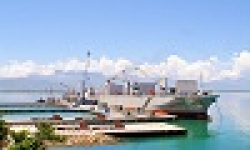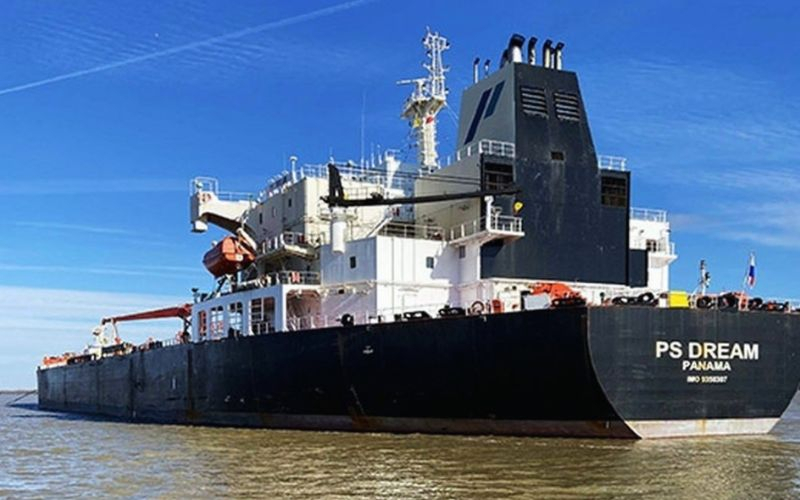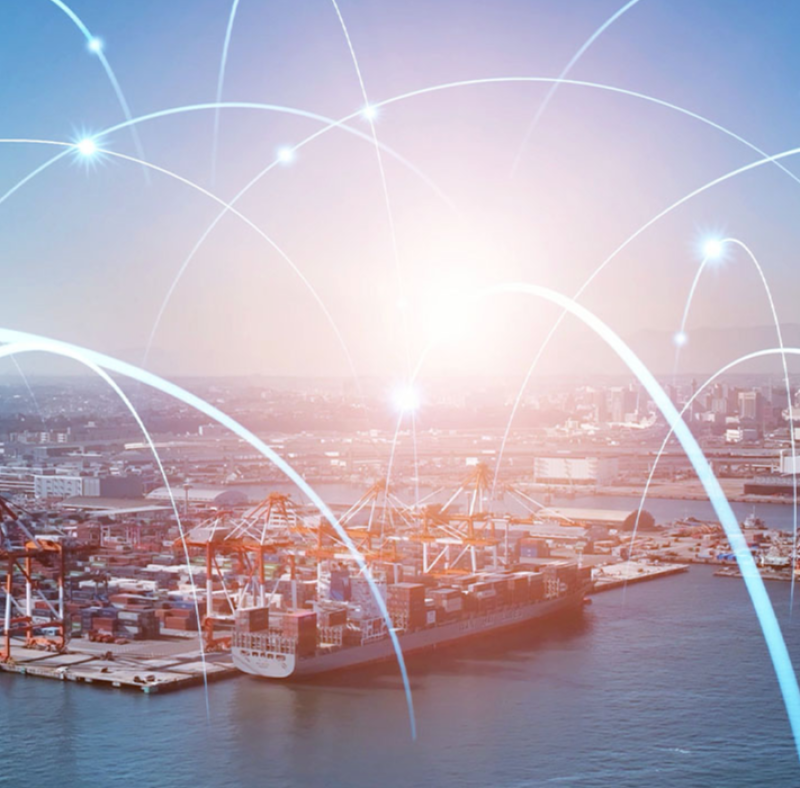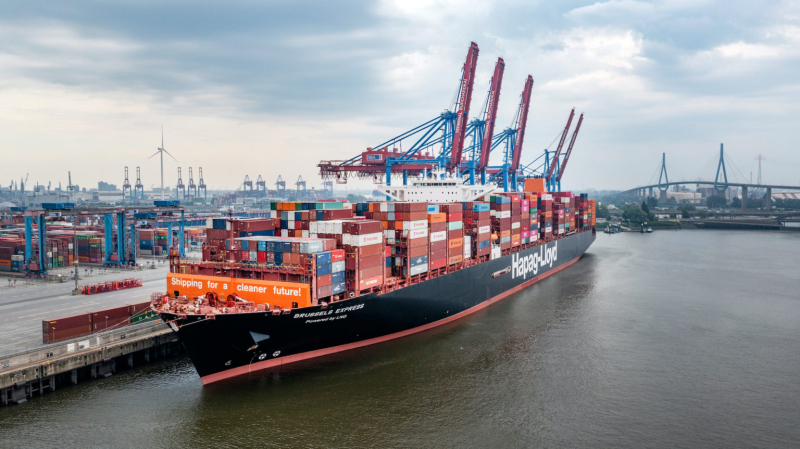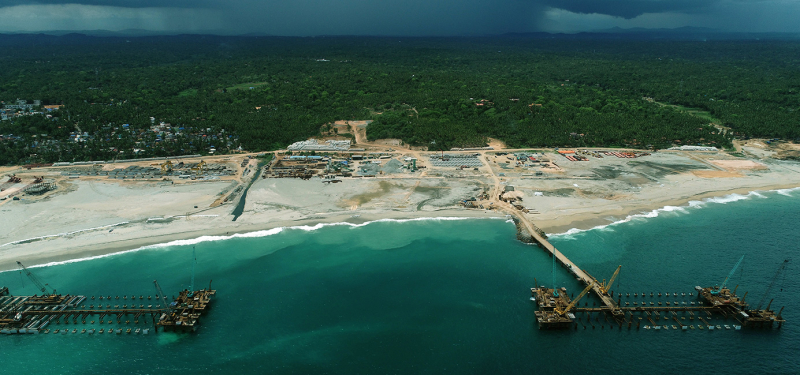
The global container throughput has demonstrated significant growth over the past decade, with further increases projected in the near future.

Data from 2012 to 2021 shows a steady rise in global container volumes, expanding from 622 million TEUs in 2012 to 801 million TEUs in 2021. This upward trend is expected to continue, with forecasts predicting an increase to 988 million TEUs by 2027.
This sustained growth indicates robust economic activity and an increasing reliance on shipping transport for global trade, necessitating ongoing investments in port infrastructure and advanced logistics management to accommodate rising demand.
When focusing specifically on the BRICS nations (Brazil, Russia, India, China, South Africa) and the Western Block (US, UK, EU, Japan, South Korea, Canada), distinct patterns emerge that reflect broader economic and geopolitical dynamics.

For the BRICS nations, container throughput has shown impressive growth. From 2020 to 2023, throughput increased from approximately 278 million TEUs to 404 million TEUs, underscoring these countries’ expanding roles in global maritime logistics and their growing influence in international trade.
In contrast, the Western Block has experienced more moderate growth in container throughput. Starting at about 219 million TEUs in 2020, it reached approximately 228 million TEUs in 2023.
While still indicating growth, the pace is less pronounced than the BRICS nations, suggesting that the Western Block’s influence in maritime trade is stable but not expanding at the rate of the BRICS nations.
The growth disparity between the BRICS nations and the Western Block may reflect a shift in manufacturing bases, supply chain realignments, or differing economic growth rates. BRICS countries, possibly benefiting from cost advantages, strategic geographic locations, and aggressive infrastructure developments, are becoming central hubs in the maritime trade network.
Overall, the analysis of container throughput volumes from 2012 to 2027, combined with specific data on BRICS and the Western Block from 2020 to 2023, illustrates a dynamic and evolving landscape in global maritime trade.
It highlights the necessity for all nations, particularly those in the Western Block, to adapt to the changing dynamics to harness opportunities and mitigate challenges in the competitive field of global trade.



